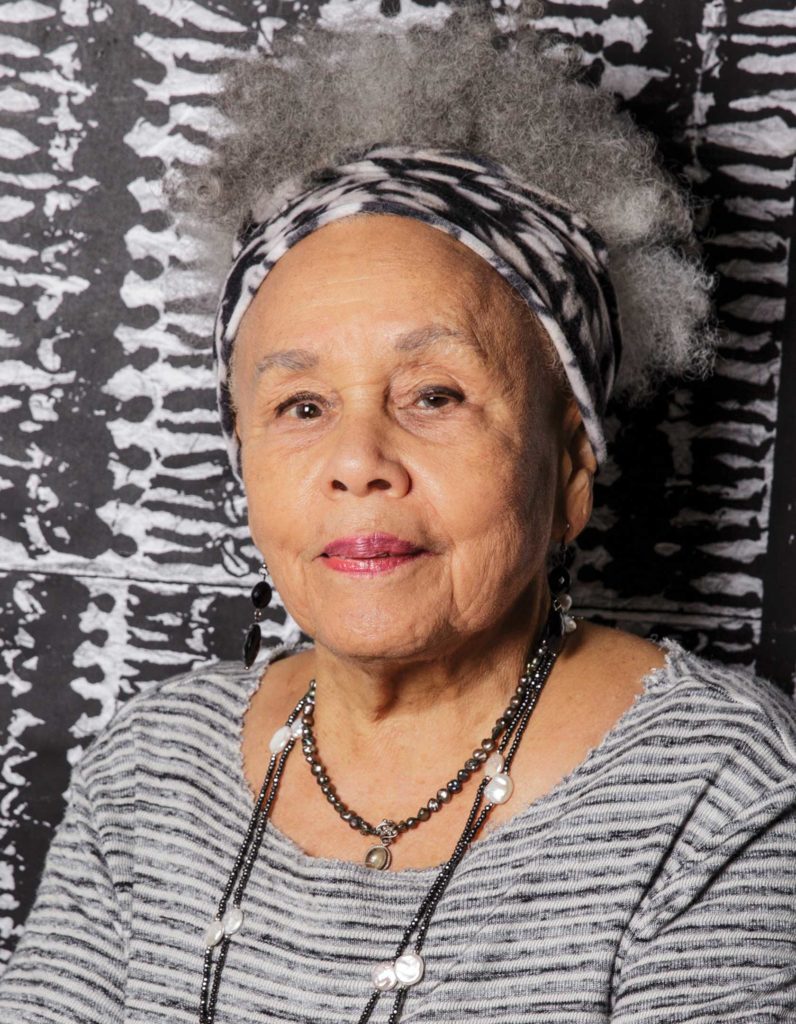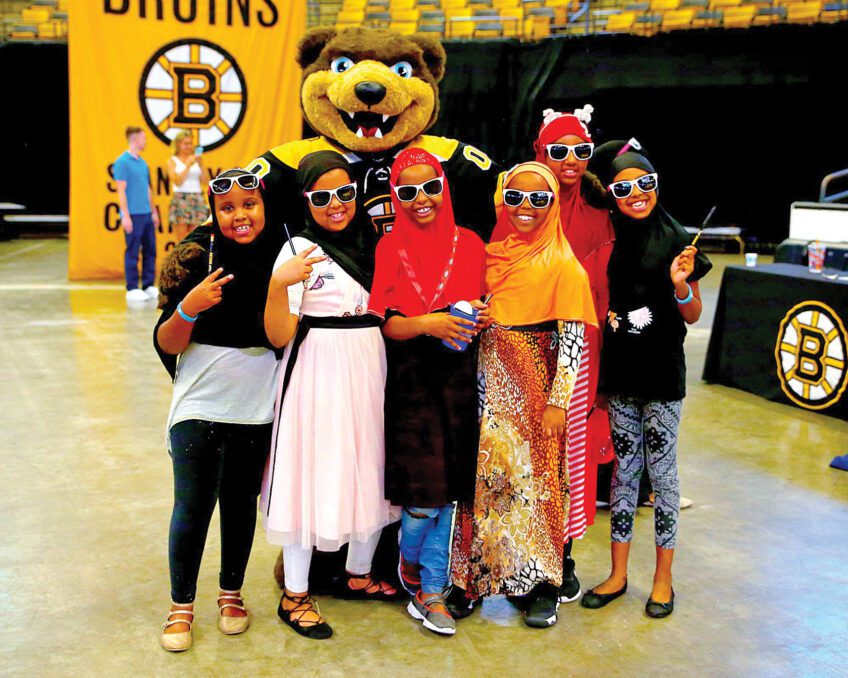Kindred spirits: Museum exhibit connects artist Betye Saar and Isabella Stewart Gardner

Famed contemporary artist and assemblage creator Betye Saar and 19th-century museum founder Isabella Stewart Gardner may seem like unlikely artistic fellows. But in “Betye Saar: Heart of a Wanderer” and the companion exhibit “Fellow Wanderer: Isabella’s Travel Albums,” running through May 21 at the Isabella Stewart Gardner Museum, parallels are drawn between the two intrepid travelers and innovative creators.
In 1994, Saar gave a lecture at the museum. In it, she drew many connections between her and Gardner, even referring to the museum’s Spanish Chapel as an “assemblage,” the term she uses for her own work. The Banner covered the talk, and the story ran with the headline “Artist notes parallels to Isabella Gardner.”

Betye Saar (b.1926, United States), Malaysia Sketchbook, 1988. Watercolor and collage, page 5. Courtesy of the artist and Roberts Projects, Los Angeles, CA. PHOTO: Robert Wedemeyer.
When curator Diana Seave Greenwald dove into Saar’s work, she noticed the same comparisons. “They traveled to many of the same places, about a hundred years apart. They’re both drawn to lots of different objects instinctually, and they’re both very interested in spirituality,” says Greenwald. “It felt really fated to bring Betye’s work in conversation with the Gardner Museum.”
These connections are articulated immediately in the exhibition. In the entry room, visitors can listen to Saar’s 1994 lecture and can see a map illustrating where each woman traveled and where they overlapped. Of course, their experiences were radically different.

Isabella Stewart Gardner(1840-1924, United States), Travel Album: Spain and Portugal, Volume II, page 13, 1888. Bound album including collected photographs, found papers, pressed botanicals, and pen and ink annotations. Isabella Stewart Gardner Museum, Boston.
Gardner was a wealthy white woman, flush with privilege, traveling in the 19th century on a global scale that was unusual for a woman. The colonial structures that allowed her to move through these spaces likely never occurred to her. Saar is a Black female artist, often traveling for her work and looking very specifically at the structures and inequities in the spaces she visits.
As visitors move through the museum, they travel around the world with Saar. The exhibition is categorized by continent and showcases the sketchbooks Saar brought with her, documenting her experiences in real time, as well as the works she made after the fact, inspired by her trips.
“That question of cultural objects and how they move and how they’re contextualized in different ways by different artists, by museum founders, by many people, is really core to this suite of exhibitions,” Greenwald says. “What does it mean to move a cultural object or image around the world, and what is it provoking in people?”

Betye Saar (b.1926, United States), Globe Trotter, 2007. Mixed media assemblage. Courtesy of the artist and Roberts Projects, Los Angeles, CA. PHOTO: Brian Forrest.
Detail is the hallmark of Saar’s assemblages. In “Jewel of Ogun,” Saar pays homage to the Yoruba and Haitian Vodou god Ogun, a figure often depicted in relation to iron-smithing. Saar made the base of the sculpture out of metal furnace fronts. The artist is drawn not just to spirituality, but to religions that are assembled from many different practices, mirroring in a way her own assembling of works from different items. For example, the Santeria religion fuses Yoruba beliefs with Roman Catholicism. Peeking into the interior of the “Jewel of Ogun” furnace, visitors can spot a circuit board, a possible reference to Saar’s artist residency at MIT’s List Visual Arts Center in the 1980s.
These works are meant to be absorbed over and over, each time at a deeper level. After witnessing the way Saar’s travels influenced her work and her thought process, visitors can see how these same locations impacted Gardner’s design of her museum. In the concurrent exhibit “Fellow Wanderer: Isabella’s Travel Albums,” pictures and notes from Gardner’s journeys record her experiences, just like Saar’s sketchbooks.
Greenwald says, “I hope we can bring a bit of the magic that I would say Gardner is trying to conjure for viewers in the 19th century and that Betye is trying to conjure for viewers when she makes her assemblages.”






